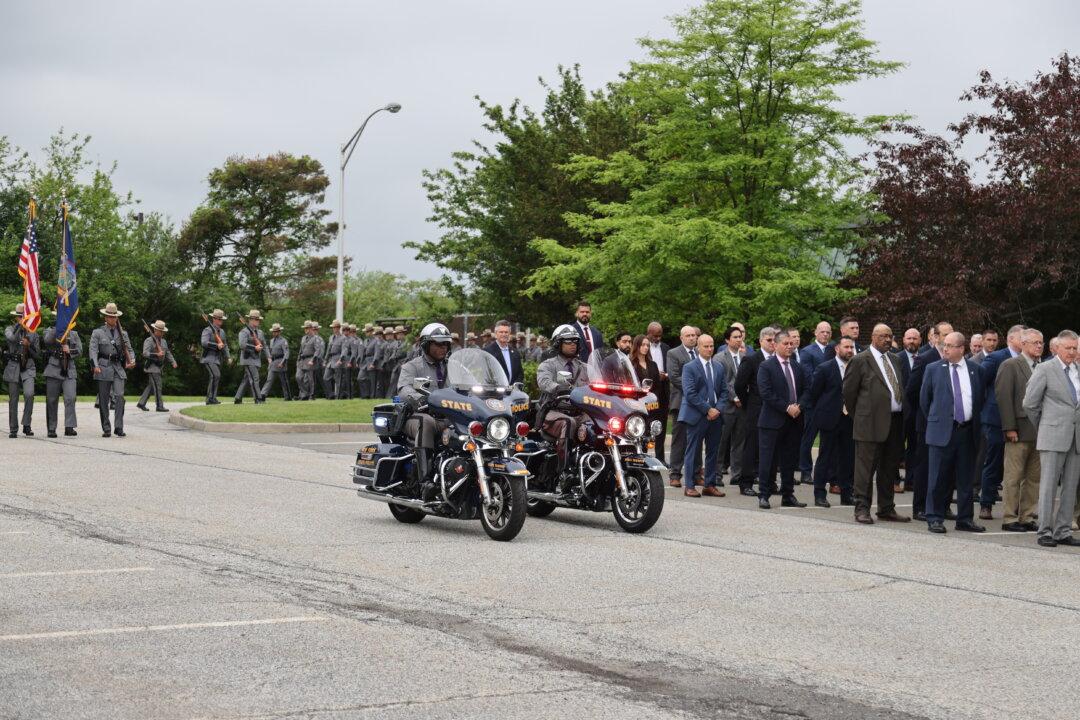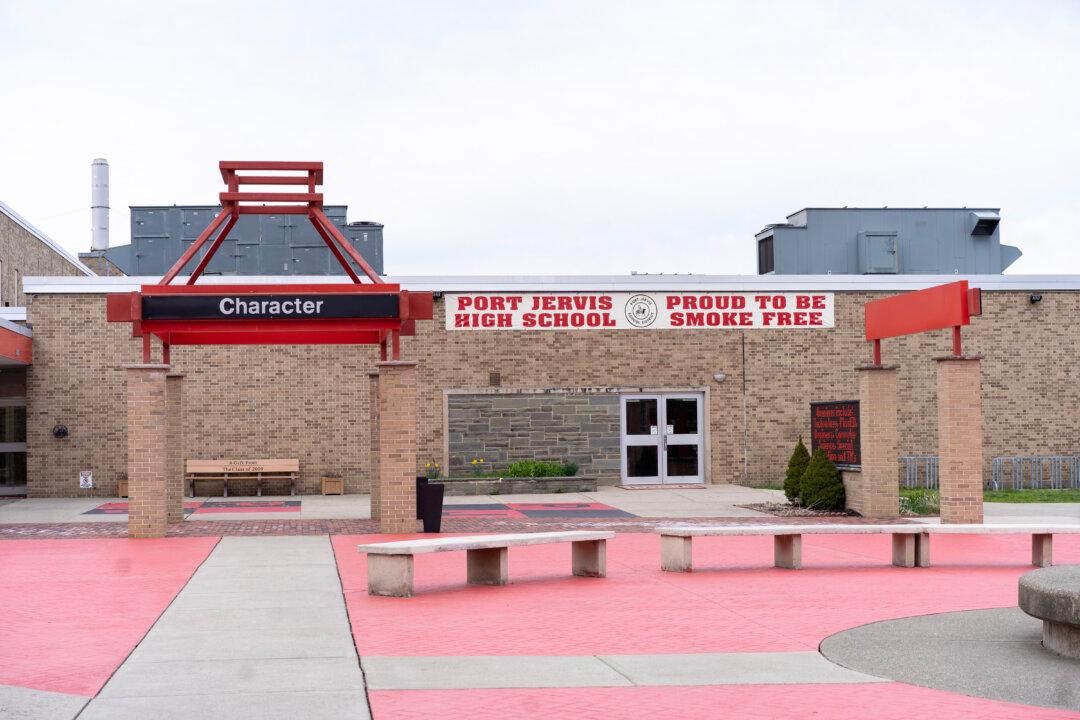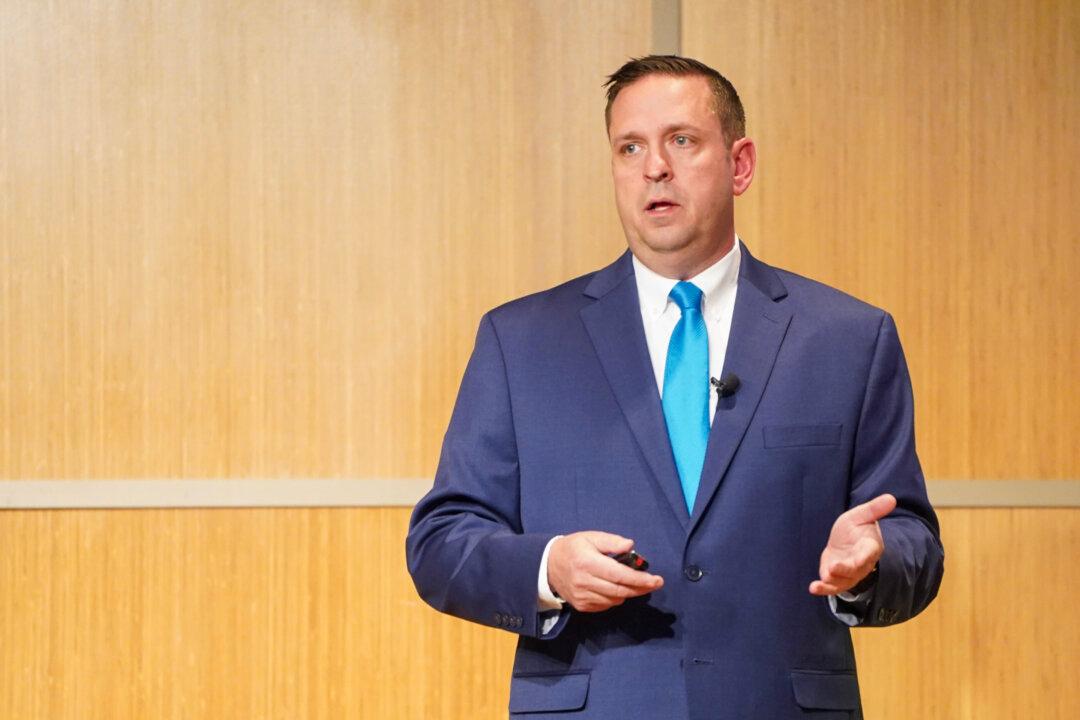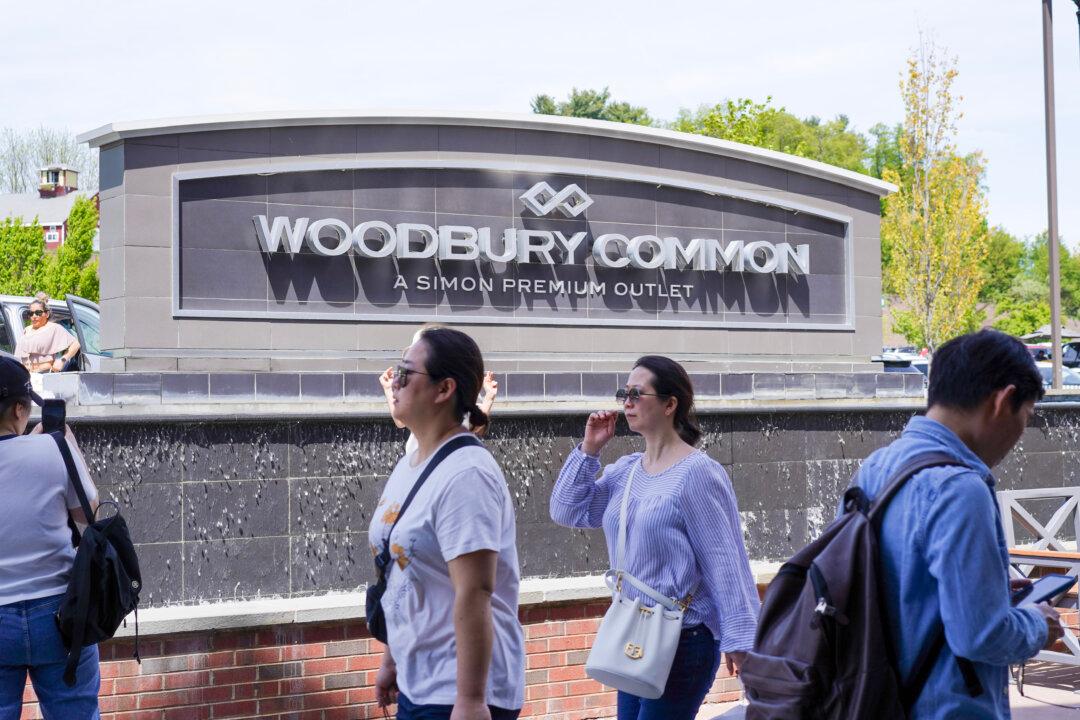Dozens of Middletown residents attended the first public meeting at city hall on Jan. 16 for a new state-funded study focused on redeveloping the Middletown Community Campus.
The 200-plus-acre campus off Mohagen Avenue has largely been abandoned, except for a few sites, after a major state psychiatric hospital closed around the turn of the century.





